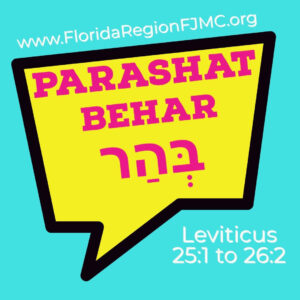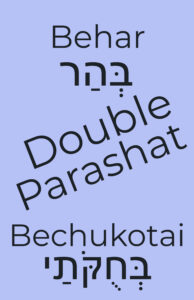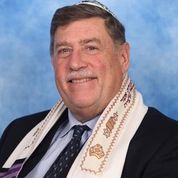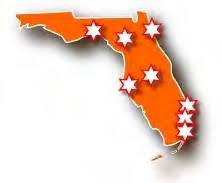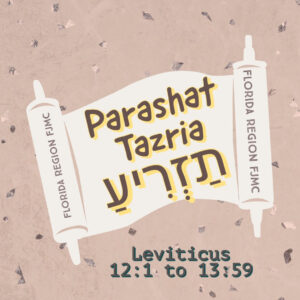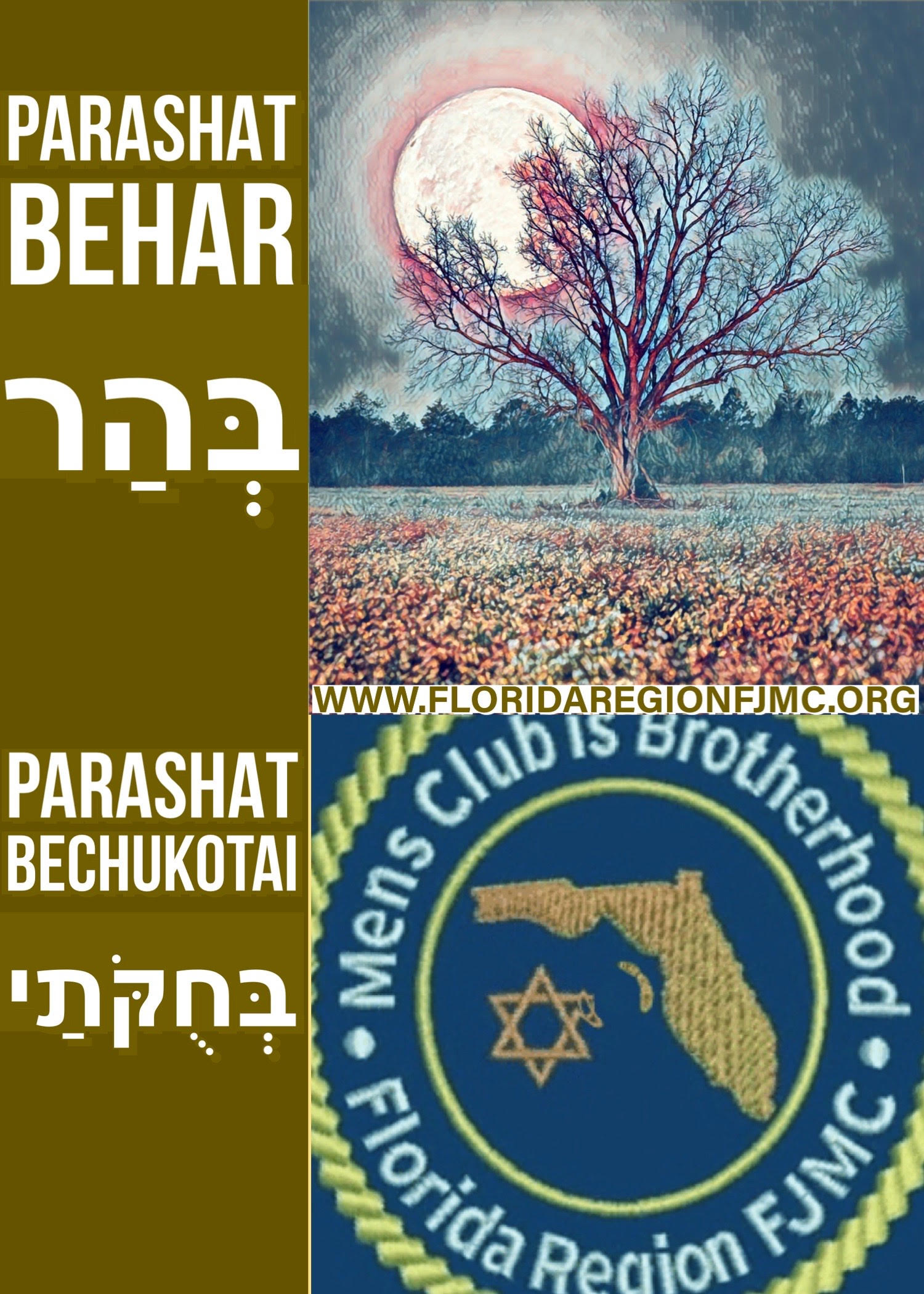
When you Choose Shabbat, you choose to learn that every Shabbat is different and special. This week I learned about Parashat Behar (בְּהַר) and Parashat Bechukotai (בְּחֻקֹּתַי), the 32nd and 33rd weekly Torah portions in the annual cycle of Torah readings.
I also learned that the lunisolar Hebrew calendar contains up to 55 weeks, the exact number varying between 50 in common years and 54 or 55 in leap years. According to Wikipedia, in leap years (for example, 2024 and 2027), Parashah Behar is read separately on the 32nd Shabbat after Simchat Torah. In common years (for example, 2023, 2025 and 2026), Parashah Behar is combined with the next Parashah, Bechukotai, to help achieve the number of weekly readings needed.
According to Wikipedia, Behar (בְּהַר), Leviticus 25:1 through 26:2, contains 2,817 Hebrew letters, 737 words, 57 verses and makes up 99 lines of the Torah scroll, making it the shortest Torah reading in the Book of Leviticus. Behar deals with the laws of the Sabbatical year (שמיטה, Shmita) and limits on debt servitude. In contrast, Bechukotai (בְּחֻקֹּתַי), Leviticus 26:3 through 27:34, contains 3,992 Hebrew letters, 1,013 words, 78 verses and 131 lines of Torah. Bechukotai deals with blessings for obeying the law, curses for disobeying it and “vows”.
Rabbi Michael D Klein of Temple Torat Emet offers his insights on this week’s double Torah reading, Behar and Bechukotai:
Many of the laws contained in these 2 Sidrot appear to be focused on the respect and maintenance of the actual Land of Israel. On face value this is true. In reality, the laws of Shemita – release of the 7th year, and Yovel- the Jubilee of the 50th year are really about having abundant faith in G-d’s power and caring for all the people and creatures in G-d’s world. How so?
To observe Shemita, a farmer must not plant or harvest in the 7th year. All Hebrew servants must be released and all loans must be forgiven. This requires an incredible leap of faith! It means that the farmer and those who employ a servant and those who loan money to sustain the poor must accept the notion that they will be repaid for their kindness. How much more is this true when Shemita is followed by Yovel?
This means that we have the faith, that, in the year before, when these events occur concurrently, Hashem will provide for our physical needs threefold! Indeed, historically this did occur. The emphasis of the miracle is to teach us that the bountiful harvest which we receive in the year before Shemita and Yovel occurs because of our partnership with G-d but that is G-d who creates the miracle of the bountiful harvest by providing the rain and dew and fertility of the land.
The implications of Shemita and Yovel are wide and deep. They teach us that everything and everyone can achieve a new beginning. There are times in our lives when people, like the land, can fall victims to overuse and burnout. Indeed, if all we do is work and toil with no free time to recharge and refresh, we fail to understand the broader implications of these important years. On the other hand, if we care only about ourselves, and not reach out to those who need our help monetarily or spiritually, we become shallow and self centered and lose the real importance of the mitzvot. Once again, the Torah is teaching us the value of balance and sensitivity in our lives by caring for ourselves, those around us, and all of G-d’s creatures and the beautiful gifts of nature which G-d sustains every moment.
Questions to Consider:
- In these portions, it refers to Ger and Toshav. How are these individuals different from each other.
- In these portions, we are given the warnings- the Tochecha. How are these connected to the laws of Shemita and Yovel?
- In what ways is the number 7 connected to Shemita and other important events in Jewish life?
- According to the warnings, does the Torah ever foresee an event where children are liable for punishment from their parents’ sins?
Rabbi Michael D. Klein attended Yeshiva College of South Florida and served as Torah Reader, Hebrew teacher, Chazzan and spiritual leader of various synagogues throughout South Florida. In January 2015 he became Ritual Director, Bnai/Bnot Mitzvah instructor and 7th grade Hebrew instructor for Temple Torat Emet of Boynton Beach. In October 2019 he was accepted into an accelerated track and received his shicha from Yeshiva Adath Wolkowisk and has been the Rabbinic leadership of Temple Torat Emet since August 2020. In September of 2022 he was appointed Rabbinic and Spiritual Advisor of the Florida Region of FJMC.
Choose Shabbat; choose to celebrate, to light candles, sing songs and learn a little Torah.
This moment of Jewish Learning is brought to you by the Florida Region of the Federation of Jewish Men’s Clubs (FJMC). We are part of a confederation of over 200 Jewish Men’s Clubs and Brotherhoods representing over 20,000 members across the United States, Canada, Latin America, and beyond. Learn more about how your Jewish Men’s Club or Brotherhood can affiliate with the FJMC at: https://www.fjmc.org/content/affiliating-fjmc.
The Florida Region of FJMC serves the needs of affiliated Men’s Clubs and Brotherhoods throughout the State of Florida. Get to know more about the FJMC Florida Region and our growing network of Jewish Men’s Clubs and Brotherhoods at www.floridaregionfjmc.org and please visit and LIKE our Florida Region FJMC Facebook Group at www.facebook.com/FloridaRegionFJMC.

